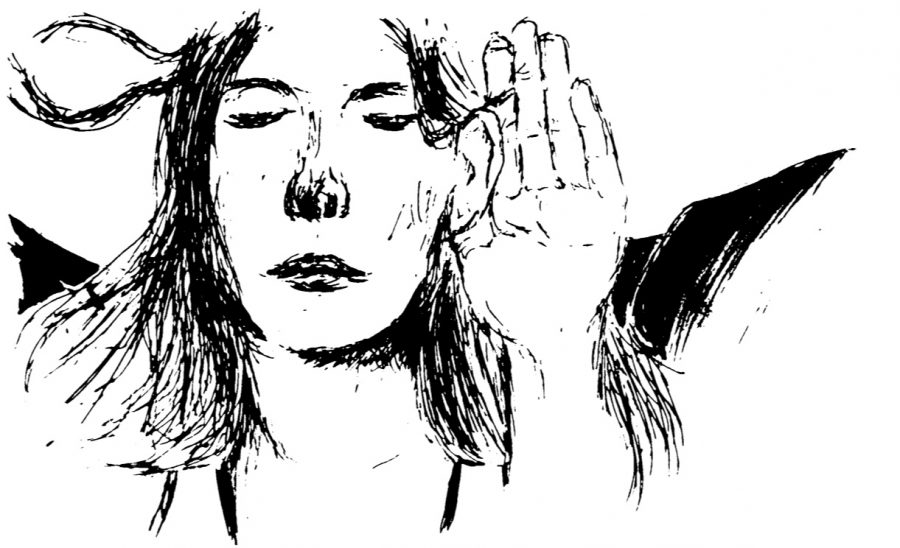The Plague of Doves
by Louise Erdrich
HarperCollins Publishers 2008
Hardcover, 311 pages
Louise Erdrich’s 2008 novel, “The Plague of Doves,” was what Publisher’s Weekly called a “multigenerational tour de force of sin, redemption, murder and vengeance.” Set in the small town of Pluto, N.D., where the “dead . . . now outnumber the living,” the novel traces the repercussions of a horrifying act of violence that occurred some 50 years before the lives of the narrating characters. Michiko Kakutani of the New York Times compared Erdrich to Faulkner for the “earthy, American rhythms” of her prose. Erdrich’s similarity to Faulkner extends to her creation of a fictional universe as the setting of nearly all her novels and to her use of multiple narrative voices in her work.
“Doves” begins in 1911, with the murder of the Lochran family by an unknown man. After the murder, four Métis men from the nearby Ojibwe reservation were caught, beaten and hung by vigilantes in the “rough justice” common in those days. One man, Evelina Harp’s grandfather Mooshum, survived and Evelina narrates his story as he tells it to her and her brother at the beginning of the novel.
Mooshum’s life becomes interwoven with Evelina’s own childhood as her narration continues and she develops crushes on a classmate and then a teacher, both of whom are descendents of the vigilantes. The next narrator, Judge Antone Basil Coutts, is romantically involved with Evelina’s aunt and privy to the secrets of the husband of the next narrator, Marn Wolde. Marn’s cutting, clever voice is one of the high points of the novel, as are her wicked observations on her husband’s infidelities. Her marriage to a local cult leader serves as yet another complication of the themes of sexuality, religion and genetic inheritance already brought up by Evelina’s story, but Marn’s narrative takes us confusingly far from the Milk/Harp family. Eventually, most, but not all of the narrative threads are woven back together. The titular plague of doves, for instance, is brought up once and then never addressed again.
Some sequences are told as oral histories: Mooshum’s story, for example, and his brother Shamengwa’s early life: while others are more straightforward memories or narratives. The overall effect is somewhat disjointed and often reads more like a selection of short stories: not surprising, considering that parts of the novel were originally published as short fiction in literary magazines.
“Doves” is more family saga than murder mystery, mainly due to the tenderness with which Erdrich treats the daily lives, dreams and desires of the narrating characters. Evelina, Judge Coutts and Marn Wolde suffer first love, heartbreak and loss while the tragedy of 1911 is interspersed within the narrative of their own lives. Evelina’s childish pain, Marn’s fierce rage, Corwin Peace’s desperate need for self-validation: These are all treated with the same sympathy with which Erdrich addresses Mooshum’s tragic story and the Lochran murders, simply because of their immediacy. Even the hints and suspicions of the true identity of the Lochran murderer are overwhelmed by the narrators’ voices.
Reading “The Plague of Doves” was not like reading a murder mystery, it was like entwining myself in the lives of the narrators. They became people I cared about deeply to such an extent that the final narrator (whose identity is a surprise) was someone whose story I no longer cared about. I wanted to find out more about Evelina’s future, about Judge Coutt’s marriage, about Corwin’s music career. That was the ultimate disappointment of the novel, but also the reason I so enjoyed reading it.









